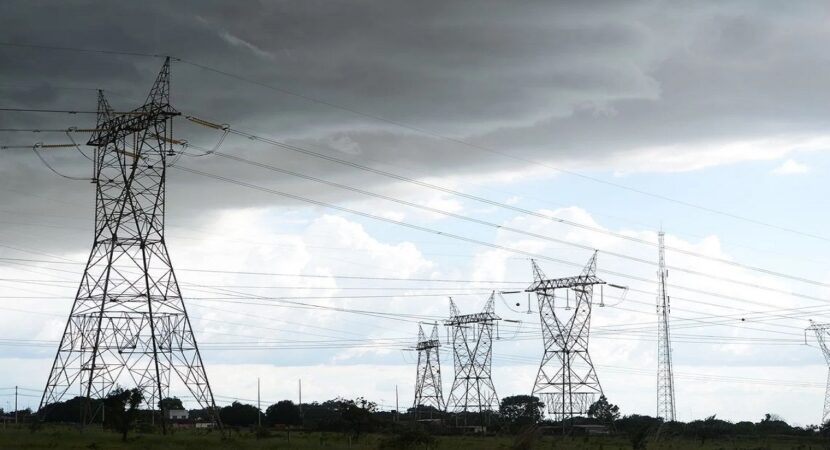
After the end of the water scarcity flag, Aneel established that the tariff flag for the month of May will be green throughout the country, reducing the value of the electricity bill of several consumers connected to the SIN
Last Friday (29), the National Electric Energy Agency (Aneel) announced that the month of May this year will have green tariff flag on the electricity bill of all consumers of the National Interconnected System (SIN), which covers a large part of Brazil, and that there will be no additional tariff. The situation represents an improvement in relation to previous months, in which the country had to create a new water scarcity tariff flag, with an extra charge of R$14,20 for every 100 kWh consumed. According to Aneel, due to the favorable conditions for power generation, this is the first green flag announced for all consumers since the end of the period of water scarcity, which ran from September of last year to April of this year. .
Federal Government announces the end of the water scarcity tariff flag
On April 06th, the President of the Republic, Jair Bolsonaro, announced the end of the Water Scarcity banner and, at the time, according to the Ministry of Mines and Energy (MME), the estimate is that this green tariff flag will remain until the end of the year. The end of the shortage flag was already scheduled for April and, with a measure announced by the Federal Government, it was brought forward by 15 days.
The expectation is that, with the end of the flag of water scarcity, the electricity bill of Brazilian consumers will have a reduction of 20% already this month. Since last year, the Water Scarcity banner added R$14,20 to 100 kWh consumed in the light bill, and this extra amount was added to offset electricity costs, which became more expensive due to the water crisis, the worst in 91 years .
Only consumers who benefit from the Electric Energy Social Tariff were exempt from Aneel's tariff flag fee. In addition, those who live in areas not connected to the SIN, such as Roraima, also did not pay the additional amount referring to the tariff flag on their electricity bill.
Learn more about Aneel's tariff flag system
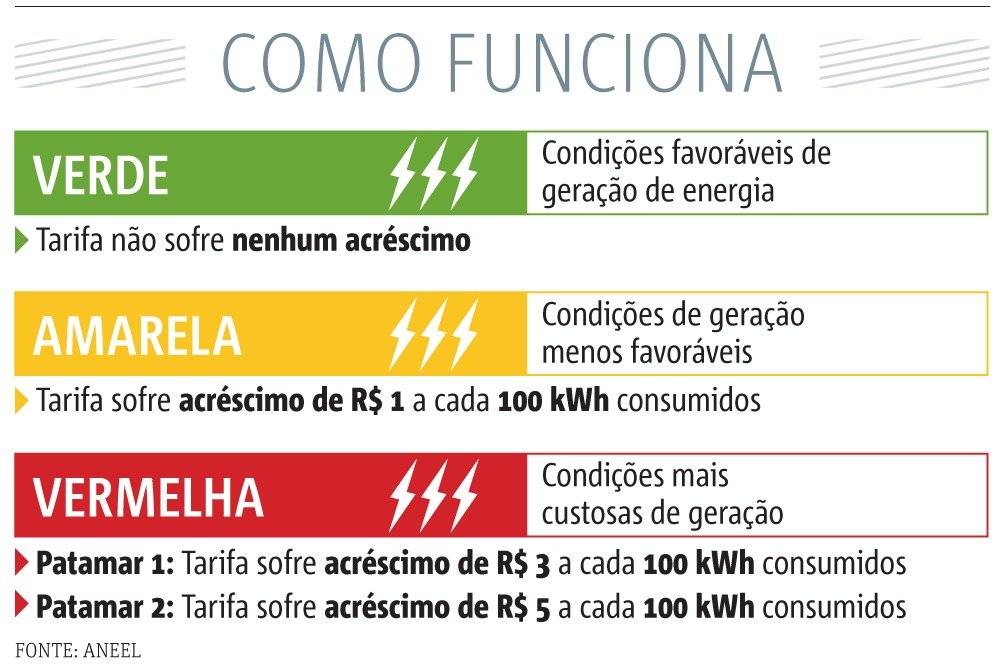
According to forecasts of National Electric System Operator (ONS), the heavy rains that occurred last summer were enough for the green tariff flag to return to the electricity bill, and the expectation is that it will remain until the end of 2022 and that 2023 will also be a quiet year, even with a new drought, due to investments being made in power generation and transmission projects.
Created by Aneel in 2015, the tariff flag system shows the real cost of the energy generated, making it possible for consumers to have a good use of the electricity. The calculation for activating these flags in the electricity bill takes into account, mainly, two factors: the hydrological risk (GSF) and the price of energy (PLD).
Functioning in practice of the tariff flags created by Aneel
The Green flag indicates good power generation conditions and there is no increase in the electricity bill. The Yellow flag indicates less favorable generation conditions, with the account receiving an increase of R$ 0,01874 for each kWh.
The Red flag is divided into two levels: the first, which presents costly generation conditions, with the rate receiving an increase of R$ 0,03971 for each kWh consumed; and the second level, presents even more costly and expensive energy generation, with the account receiving an increase of R$ 0,9492 for each kWh consumed.
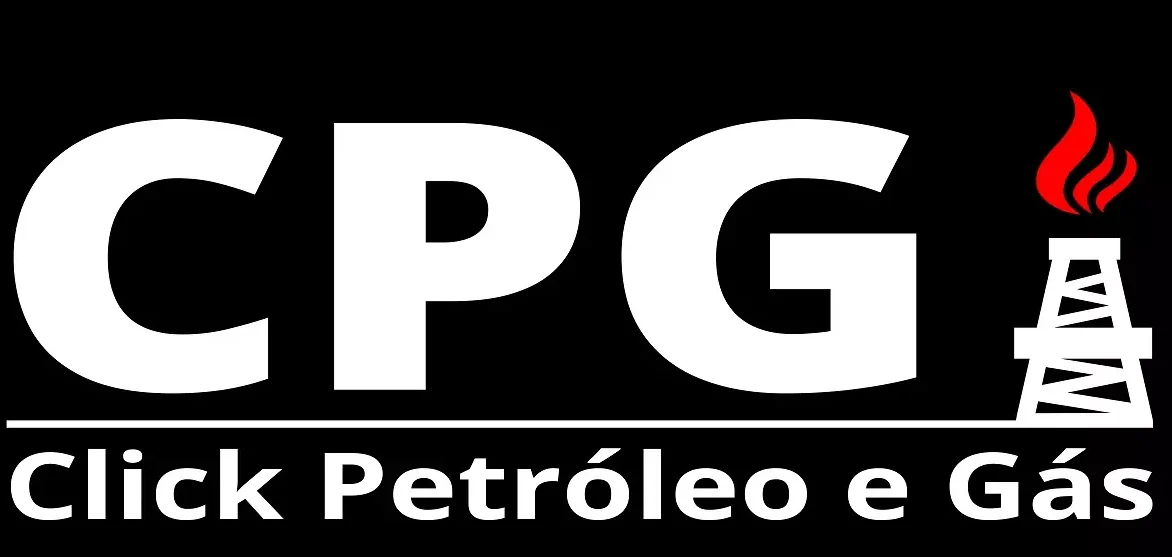
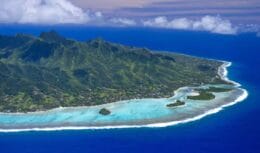





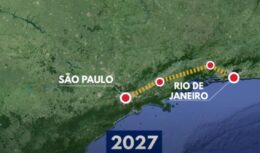



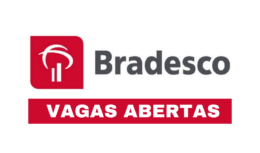
Air Force F-16 fighters…
True friend, what they shot down were…
Air Force F-16 fighters…
I would like to know what planet you live on…
Air Force F-16 fighters…
Which genocide are you talking about? Than…
Air Force F-16 fighters…
Everything is fine, 100-year secrecy,…
Air Force F-16 fighters…
Well... It's flying scrap... Typical...
I'm a construction dev carpenter
Hello My qualifications, bricklayer, tile maker, carpenter, carpenter, maintenance…
I'm not a PT member, but Bozo and…
Beautiful car, pure nostalgia.
I'm a GM fan, but...
That's exactly what you said...
First go study lol
First go study lol